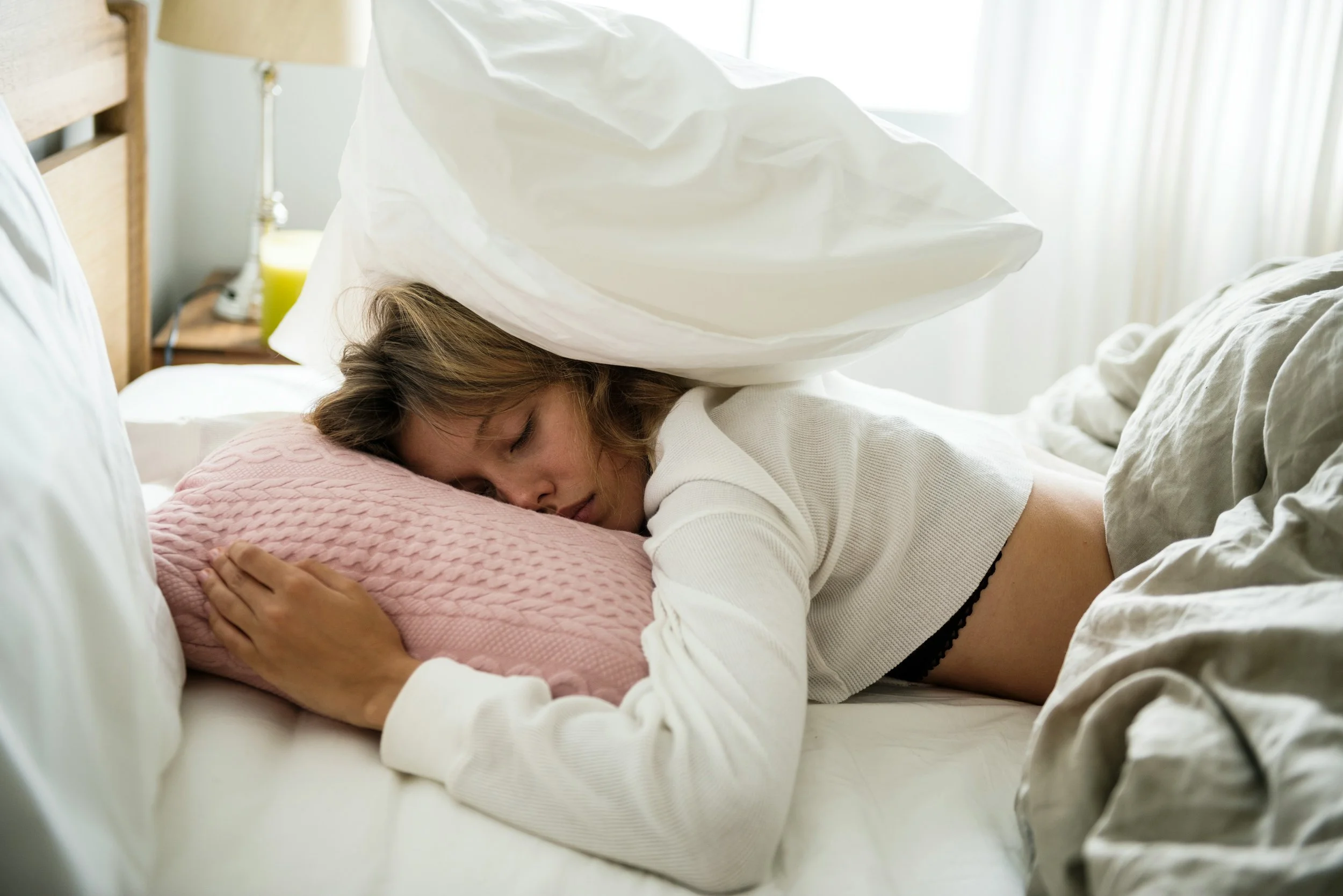The Pineal Gland, Melatonin, Sleep & The Breath: A Hypopressive Perspective
A Tiny Yet Powerful Gland That Mirrors More Than You Think
Tucked deep within the brain, nestled between the two hemispheres, lies the pineal gland—a tiny but mighty structure responsible for regulating circadian rhythms, sleep cycles, and melatonin production. But beyond its role in sleep, this gland holds a fascinating anatomical resemblance to another deeply sensitive and powerful structure: the clitoris.
Yes, you read that right. The pineal gland and the clitoris share striking similarities—both are deeply sensitive to stimulation, encased in layers of tissue, and wired into complex neuroendocrine pathways. While one governs melatonin and sleep, the other orchestrates pleasure and autonomic nervous system regulation. And just like the clitoris, the pineal gland responds to breath, movement, and subtle shifts in internal pressure—which is where Hypopressives and breathwork come in.
Melatonin, Sleep & The HPA Axis: A Vital Connection
The pineal gland produces melatonin, a hormone that regulates sleep-wake cycles. However, stress, hormone imbalances, and nervous system dysregulation can interfere with melatonin’s natural rhythm, making sleep difficult.
🔹 Adrenal Fatigue & The HPA Axis Disruption
The HPA axis (Hypothalamic-Pituitary-Adrenal Axis) is the body’s stress regulation system, controlling cortisol (the stress hormone), melatonin, and other endocrine functions. When the body is under chronic stress or experiencing adrenal fatigue, the following occurs:
Cortisol remains elevated in the evening, blocking melatonin release.
Circadian rhythms become dysregulated, making it harder to fall asleep or wake up refreshed.
The pineal gland becomes less responsive due to chronic overactivation of the nervous system.
🔸 Symptoms of HPA Dysregulation & Adrenal Fatigue Affecting Sleep:
✔ Waking up between 2-4 AM and struggling to fall back asleep
✔ Feeling wired but tired at night
✔ Difficulty falling asleep despite exhaustion
✔ Increased anxiety or restlessness before bed
🔹 Menopause, Melatonin & Sleep Disturbances
As oestrogen and progesterone levels decline during menopause, melatonin production also drops. This means:
🔸 Lower melatonin = Poorer sleep quality
🔸 Reduced oestrogen = Increased cortisol response, making stress and wakefulness more pronounced
🔸 Progesterone’s calming effect on the nervous system diminishes, making women more prone to night-time awakenings and anxiety
💡 Did You Know?
Studies show that postmenopausal women produce significantly less melatonin, contributing to insomnia, fatigue, and cognitive fog.
✅ Solution: Breathwork & Hypopressives
Lower evening cortisol with diaphragmatic breathing
Regulate intra-abdominal pressure to reduce nervous system overactivation
Improve circulation to the pineal gland through rib expansion & Cerebrospinal (CSF) flow
How Hypopressives & Breathwork Help Reset Sleep & The Pineal Gland
🔹 1. Breath-Hold (Apnoea) & Cerebrospinal Fluid Flow
Hypopressive breathing involves apnoea (breath-holding), which creates an internal vacuum. This process enhances cerebrospinal fluid (CSF) movement, improving pineal gland function and neuroendocrine balance. CSF is vital for detoxification and nutrient delivery to the brain, ensuring the pineal gland operates at full capacity.
🔹 2. Diaphragmatic & Ribcage Expansion
The rhythmic expansion and lift of the ribcage during Hypopressive postures stimulates the vagus nerve, a key player in relaxation and sleep regulation. This activation helps shift the nervous system into a parasympathetic (restful) state, increasing melatonin release and sleep efficiency.
🔹 3. Intracranial Pressure & Neural Awakening
The unique vacuum effect created during Hypopressives may have subtle influences on intracranial pressure and glandular activation. Breath retention techniques (similar to yogic pranayama) enhance pineal gland stimulation, mirroring the effects of deep meditation, altered states of consciousness, and even orgasmic states—again linking us back to the clitoral connection.
🔹 4. Myofascial & Nervous System Reset
Breath and fascial engagement during Hypopressives release deep-seated tension, particularly around the thoracic diaphragm, upper spine, and cranial structures—all of which influence pineal health and sleep quality.
How to Reset Sleep & HPA Axis with Breath & Hypopressives
🌙 Nightly Hypopressive Ritual for Sleep & Nervous System Reset
🔹 Step 1: Prepare the Body
Find a comfortable seated or standing posture.
Gently mobilise the ribcage, spine, and neck to release tension.
🔹 Step 2: Breath Awareness & Relaxation
Breathe slowly and steadily through the nose, focusing on expanding the ribcage.
Inhale for 4 seconds, pause, exhale for 6-8 seconds, and repeat for 2 minutes.
🔹 Step 3: Hypopressive Apnoea Activation
Exhale until your natural exhale finishes.
Hold your breath and perform the ribcage expansion (false inhale).
Maintain this for 5-8 seconds, maybe beginning to feel a gentle lift in the pelvic floor and core.
Release and breathe normally, repeating for 3-5 rounds.
🔹 Step 4: Integrate & Rest
After the session, lie down in a comfortable position, allowing the nervous system to absorb the effects.
Avoid screens or artificial light post-session to maximise melatonin release.
💡 Bonus Tip: Practice in dim lighting, close to bedtime, to align with your body’s natural circadian rhythms.
Final Thoughts: Awakening the Inner Connection
The pineal gland is more than just a sleep regulator—it is a gateway to autonomic balance, neuroplasticity, and deep restoration. By combining Hypopressives, breathwork, and intentional movement, we stimulate this gland naturally, improving sleep, energy, and nervous system function.
And perhaps, in its mirrored design of the clitoris, it serves as a reminder of the powerful, interconnected nature of our body’s sensory and regulatory systems—where breath, movement, and awareness hold the key to rest, pleasure, and vitality.
Ready to Explore the Breath-Pineal Connection?
Try the Hypopressive Sleep Ritual tonight, and notice how your sleep, breath, and body awareness shift. Want to dive deeper? Let’s discuss how breath and movement can transform your neurological, hormonal, and postural health.
💬 Have you noticed how breathwork affects your sleep? Share your experiences below!
